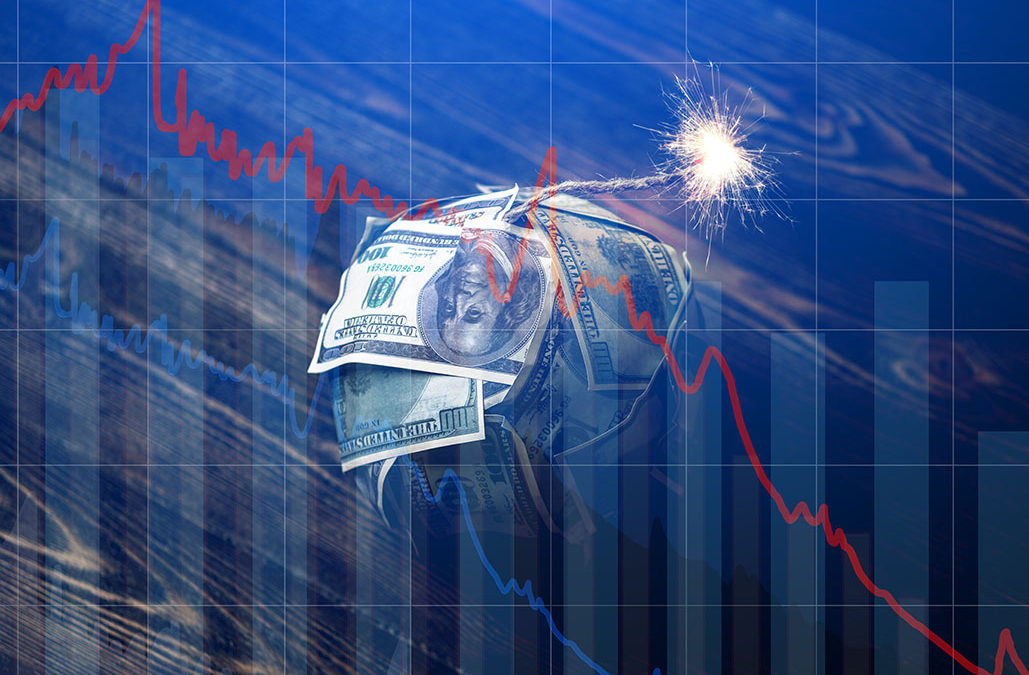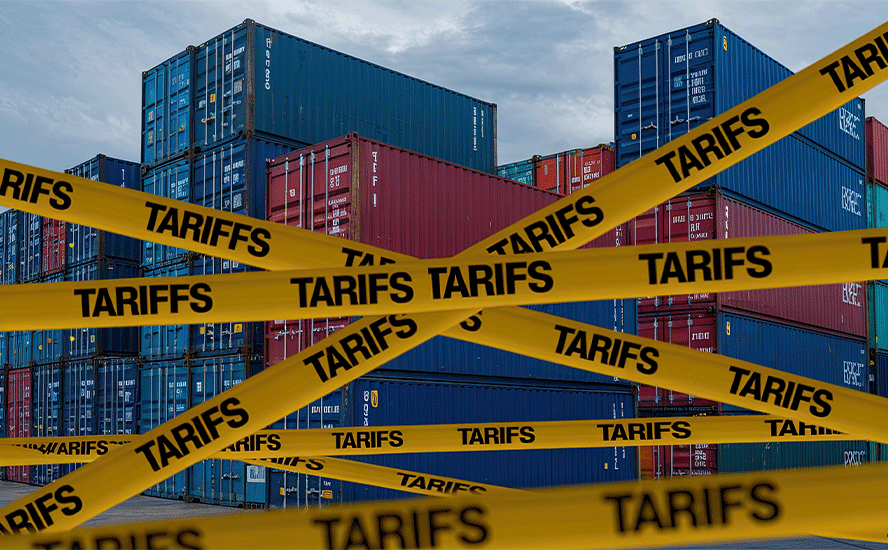The upside-down world of currency
By Alasdair Macleod
2022.11.20
On 20 March 2020, when the Fed reduced its fund rate to zero, the 30-year US Treasury bond yielded 1.18%. Earlier this week the yield stood at 4.06%. That’s a fall in price of over 50%. And time preference suggests that short-term rates, for example over one year, should currently discount a loss of currency’s purchasing power at double current rates, or even more.
For the planners who meddle with interest rates, increases in rates and bond yields on that scale are unimaginable. Monetary policy committees, being government agencies, will think primarily about the effect on government finances. In their nightmares they can envisage tax revenues collapsing, welfare commitments soaring, and borrowing costs mounting. The increased deficit, additional to current shortfalls, would require central banks to accelerate quantitative easing without limitation. To the policy planners, the reasons to bring interest rates both lower and back firmly under control are compelling.
Furthermore, officials believe that a rising stock market is necessary to maintain economic confidence. That also requires the enforcement of a new declining interest rate trend. The argument in favour of a new round of interest rate suppression becomes undeniable. But the effect on fiat currencies will accelerate their loss of purchasing power, undermining confidence in them and leading to yet higher interest rates in the future.
Legal Notice / Disclaimer
Ahead of the Herd newsletter, aheadoftheherd.com, hereafter known as AOTH.Please read the entire Disclaimer carefully before you use this website or read the newsletter. If you do not agree to all the AOTH/Richard Mills Disclaimer, do not access/read this website/newsletter/article, or any of its pages. By reading/using this AOTH/Richard Mills website/newsletter/article, and whether you actually read this Disclaimer, you are deemed to have accepted it.



























